Newcastle Upon Tyne - So Much to Enjoy Here!
![]()
Back in 122 AD, Roman Emperor Hadrian visited northeast England to inspect this far edge of the Empire. He announced that he had decided that The Empire stops here! A good crossing of the River Tyne was picked for the location of a bridge and on the north side of the river, on a high bluff, a fort was built. He also decreed that a wall should be built from east to west to enable the Roman Legions to defend against the Barbarians who rampaged around the more northern landscape, which Hadrian judged not worth including in the Empire.
This small Roman settlement faded away after 400 AD or so and was settled by the Northumbrian Anglo-Saxons, and later ravaged by the Danes. In 1080, Robert, William the Conqueror's oldest son, arrived and decided the site was promising for his new castle, and so, the town was named, Newcastle. The original wooden structure was rebuilt in stone during the reign of Henry II Plantagenet in the late 12th century, and the castle keep and Black Gate stand today. Thus protected, the town grew and prospered.
In the late 18th to the mid-19th century, the Industrial Revolution arrived in the Northeast with the discovery of coal and iron ore. Foundries quickly followed, along with a massive shipbuilding industry that was generating 25% of the world's ships. One of the first railroads, the Stockton & Darlington, opened in 1825 to bring coal to the loading docks for export to Britain and the world.
Our visit to Newcastle began with a train ride from London through lovely green English countryside. While very interested in the city's more recent history, an essential element of our Newcastle visit was our exploration of Hadrian's Wall, the expanse of stone walls and associated fortresses along the northern border of the former Roman Empire. This had been on our list of places to visit since we studied Latin in high school!
Click here to read our story.
We found the city of Newcastle to be very engaging. Our first view of the railway station with its beautiful tiled bar, and, next door, the Royal Station Hotel with its elegent furnishings were impressive, and suggested the prosperity the city had enjoyed.
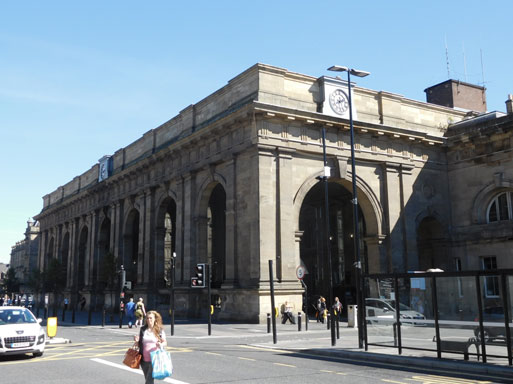
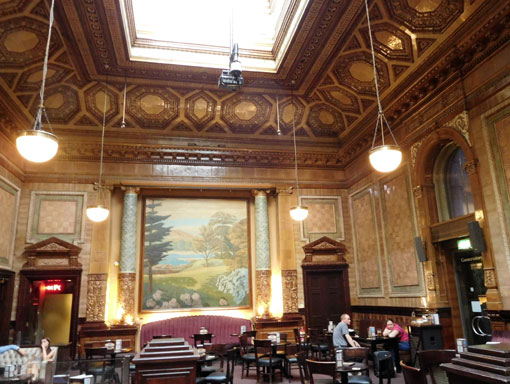
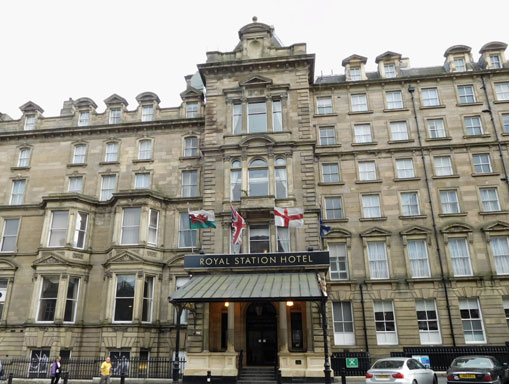
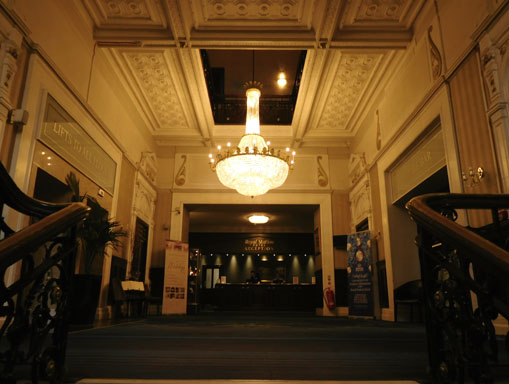
In the days that followed, we discovered much to admire about this city. Walking along Grey Street, past the Royal Theatre and on to Grey's Monument (of Earl Grey Tea fame) . . .
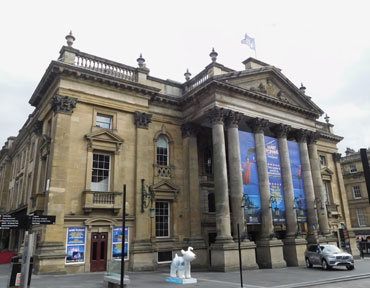
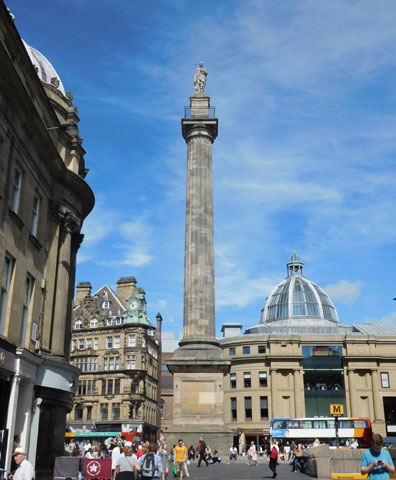
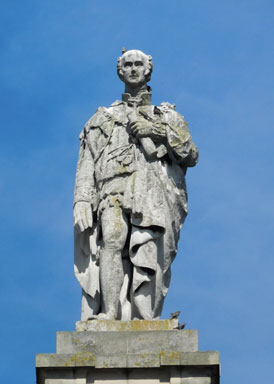
. . . we admired the neoclassical architecture of the Grainger Quarter, Newcastle's heart. The handsome buildings were built from a warm honey colored stone, with shops on ground level and offices or flats above.
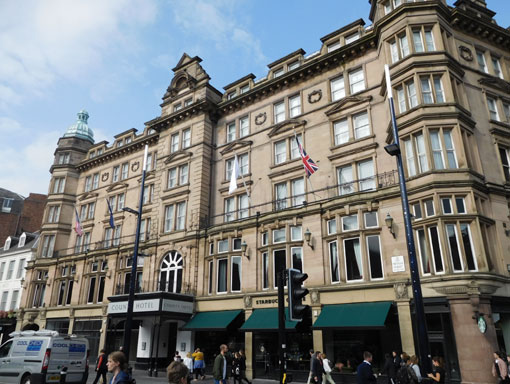
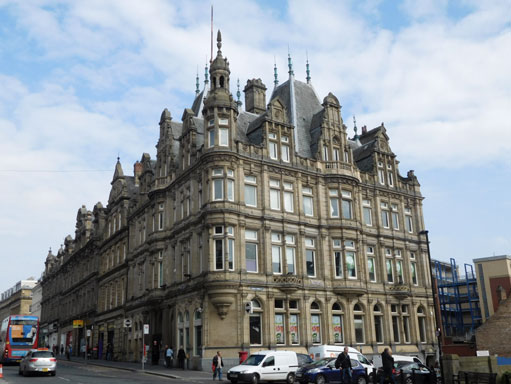
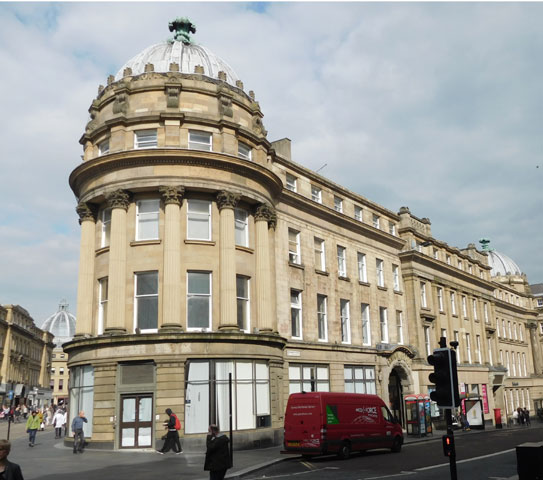
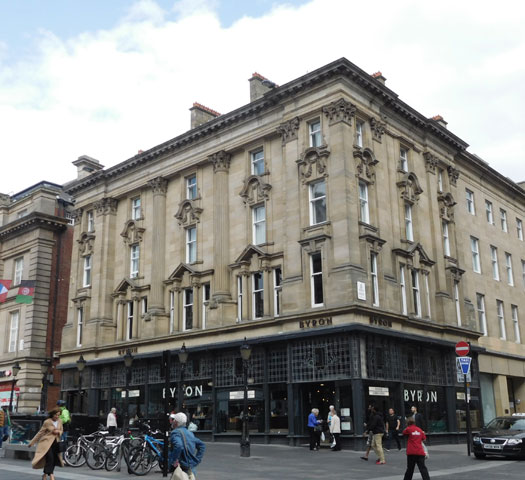
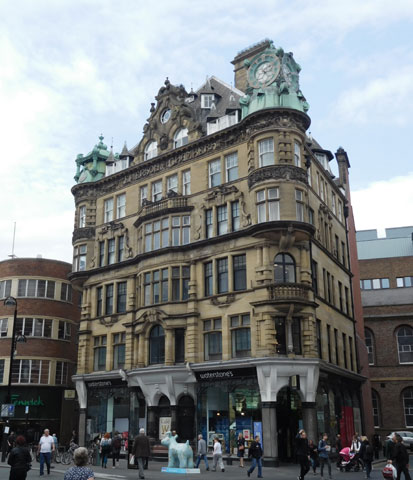
For more traditional shopping, the Grainger Market, a series of halls filled with shops selling all sorts of stuff and several cafes offered plenty of selection.
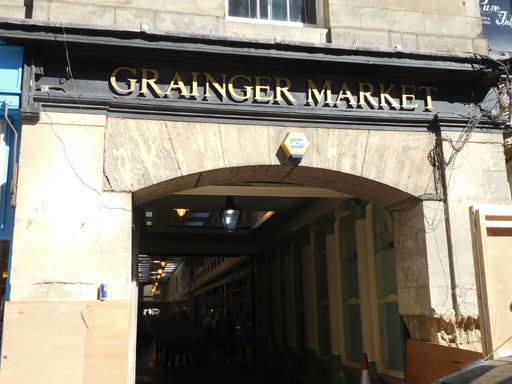
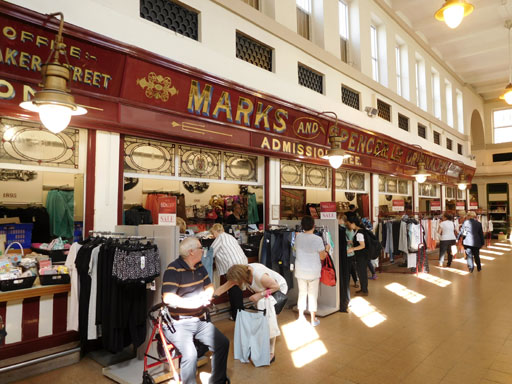
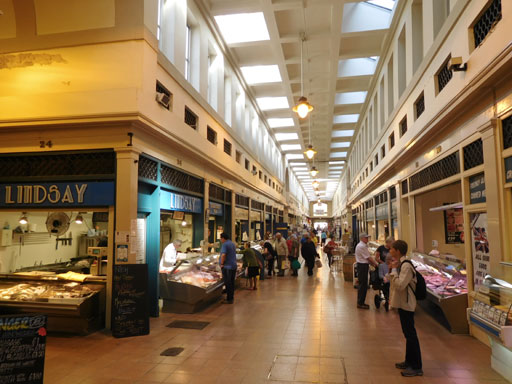
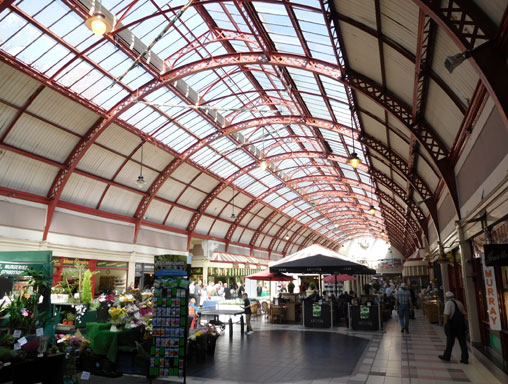
For those wishing a more contemporary shopping experience, now there is Eldon Square. For good eating, many cafes, pubs, and restaurants offering every imaginable cuisine were not far away.
More strolls around the city revealed that it had so much to discover. The Cathedral Church of St. Nicholas was so rich in art and architecture, from the unique bell tower outside to the richly carved alter piece, bishop's chair, pulpit, and other artistry. It was easy to spend an hour just savoring everything, with a friendly priest as guide!
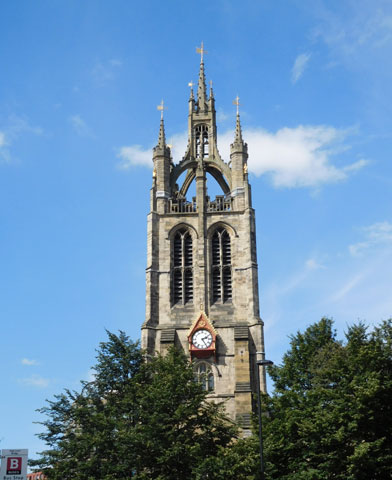
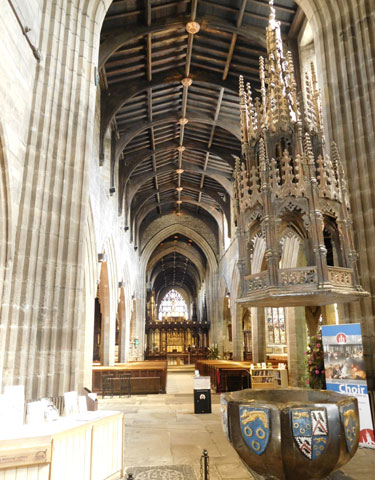
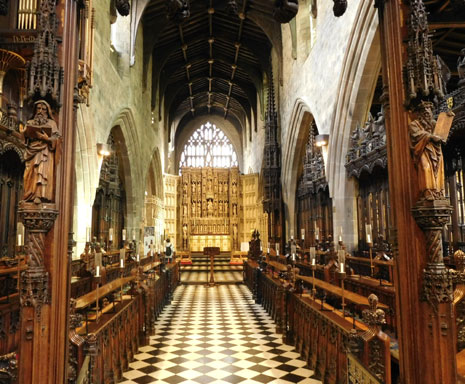
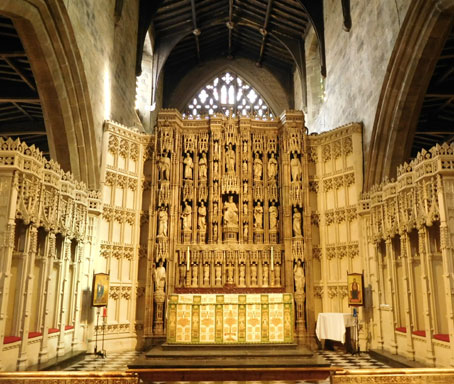
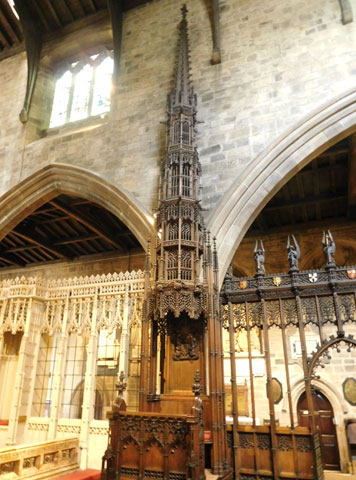
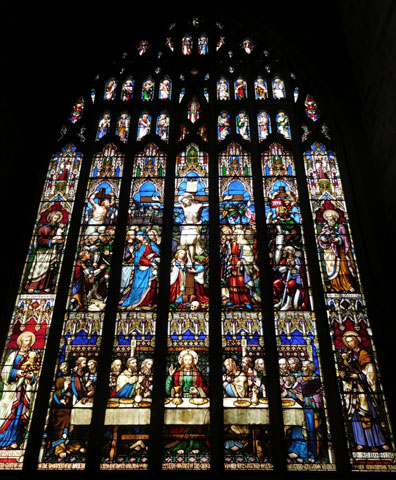
Beyond the Cathedral Church, the Black Gate and keep of Newcastle Castle took us back in time to 1170 when Henry II ordered its construction. More stately churches, more old city walls, and a plethora of modern buildings kept us oohing and aahing!
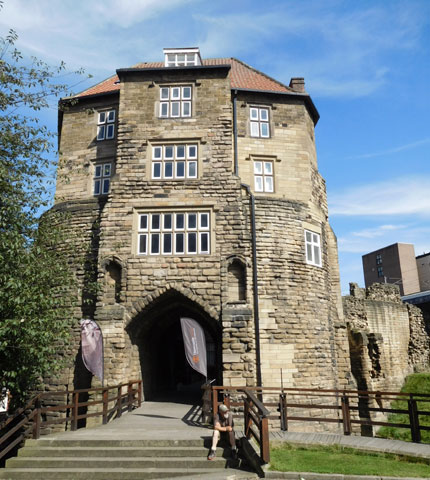
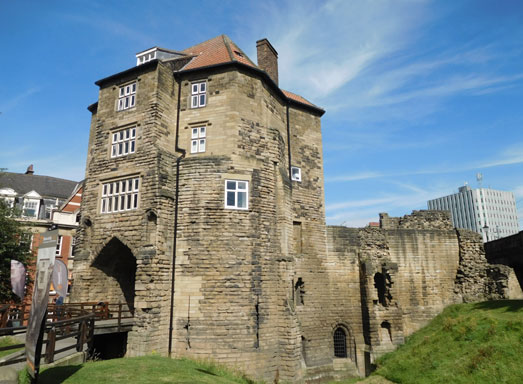
For more art, a visit to the Laing Art Gallery was essential. We were charmed by the atmospheric pictures of Newcastle life by Ralph Hedley and other artists who captured historic views of the city, many of which are little changed today.
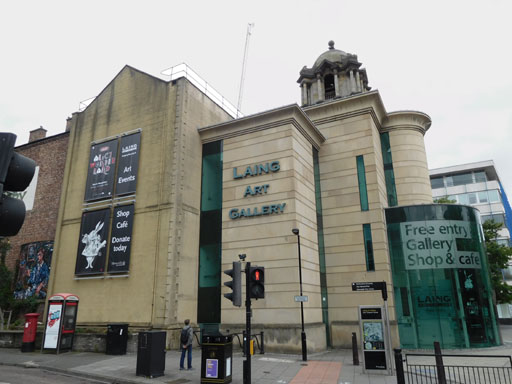
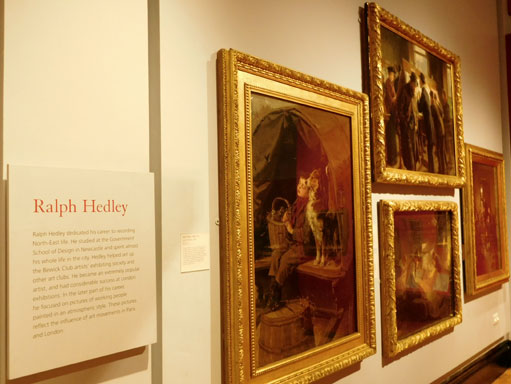
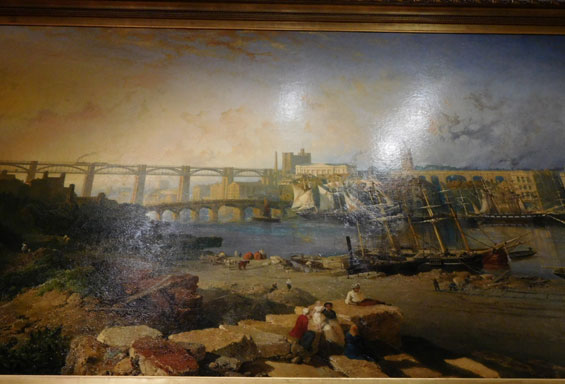
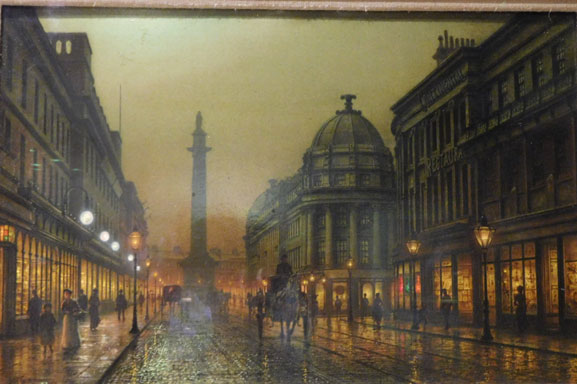
It's a downhill stroll from Newcastle's centre to the Quayside along the River Tyne. Here, the bridges across the Tyne dominated our views. For those on foot or bicycle, the Millennium Bridge offered a crossing over the Tyne. Each day the Bridge itself offers its own show; at noon, it tilts up to enable boats to pass underneath.
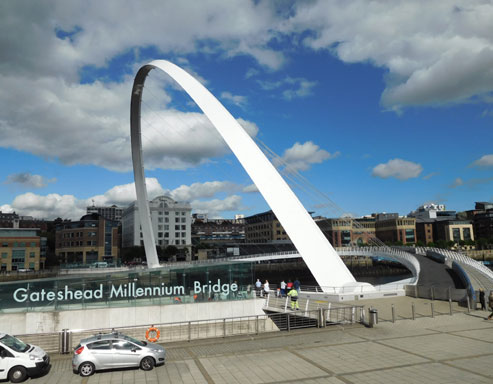
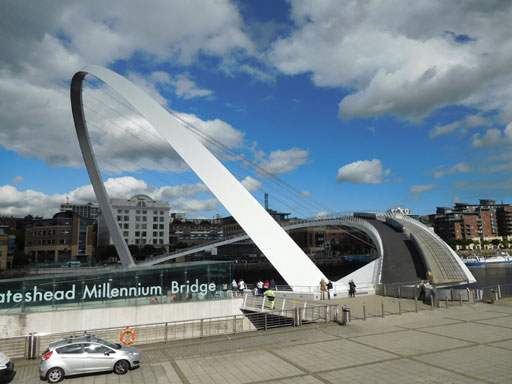
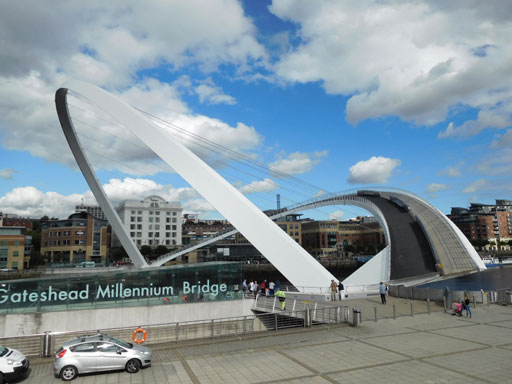
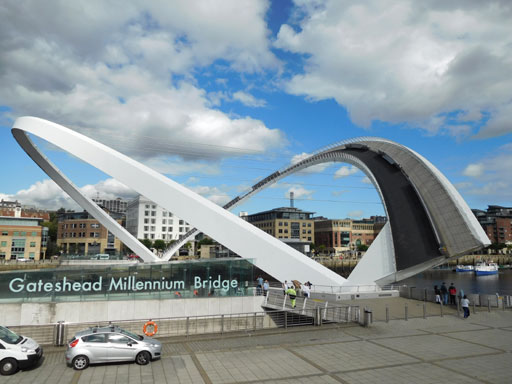
A massive brick building, once the Baltic Flour Mill, is now The Baltic, a contemporary art centre. It is worth a visit not only for the art, but also for the awesome panoramic views from the outside terrace on the top floor. Nearby, the wavy silver Sage Gateshead performance space contributed to the views.
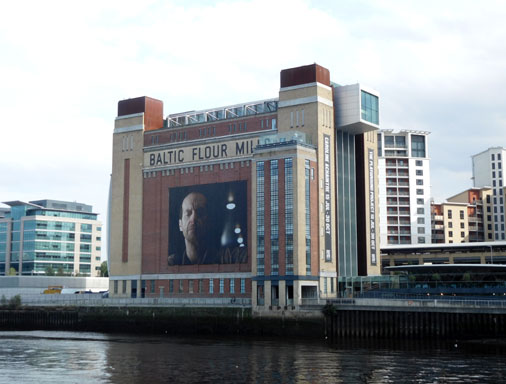
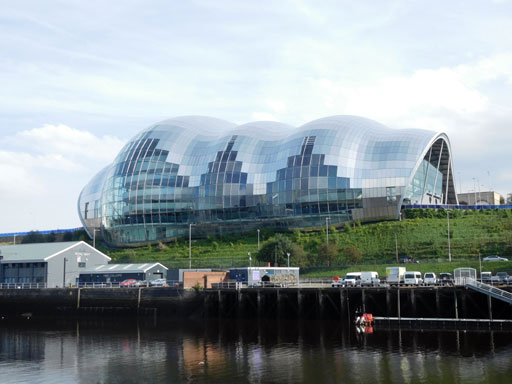
Back across the Millennium Bridge, we continued our exploration, marveling at the succession of seven bridges that cross the Tyne, all in the space of only a kilometer.
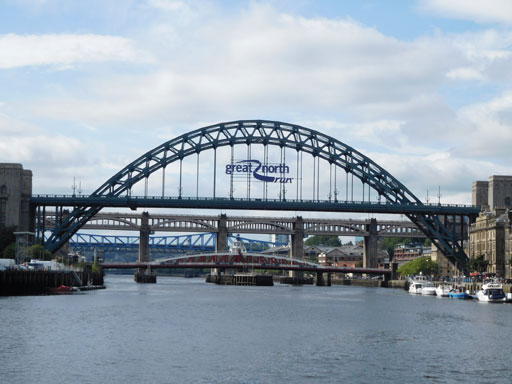
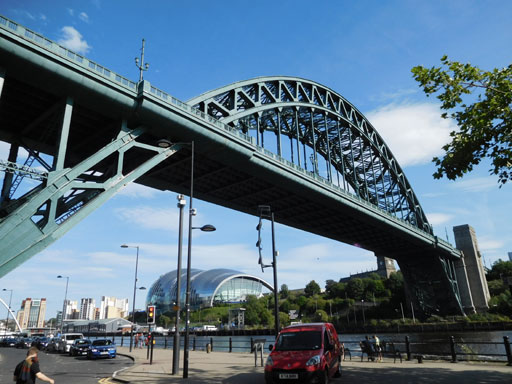
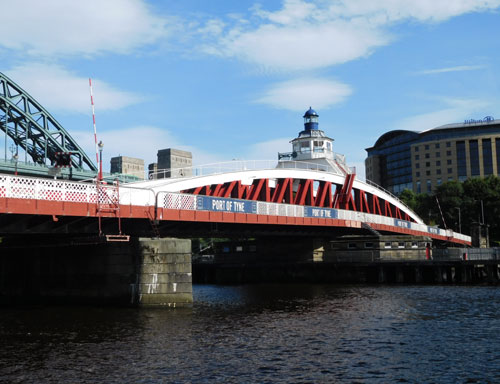
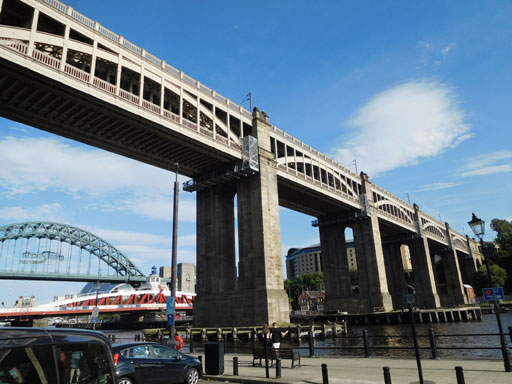
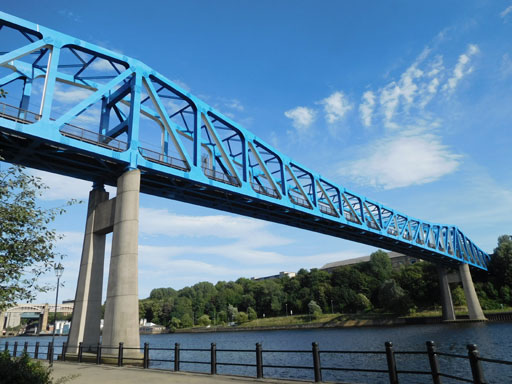
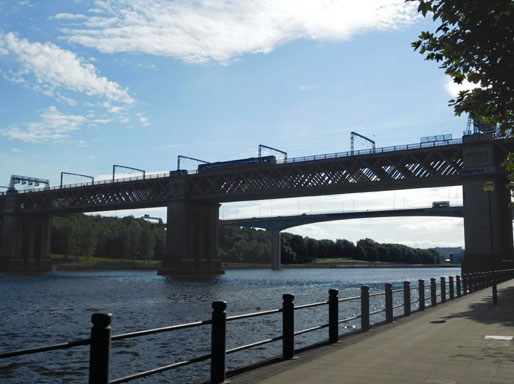
Another stroll took us north of the Grainger Quarter, past the stadium of Newcastle United, the beloved local football side and on into Leazes Park. This well loved green space and the adjacent Town Moor offer the natural world connections so essential for good urban living.
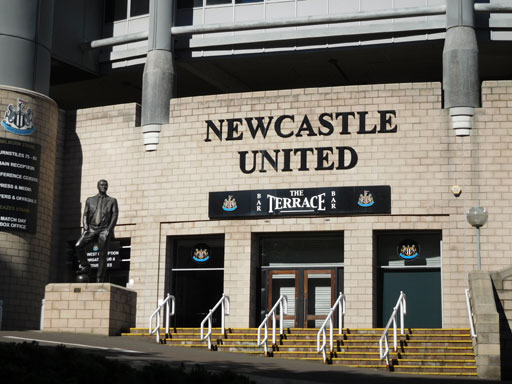
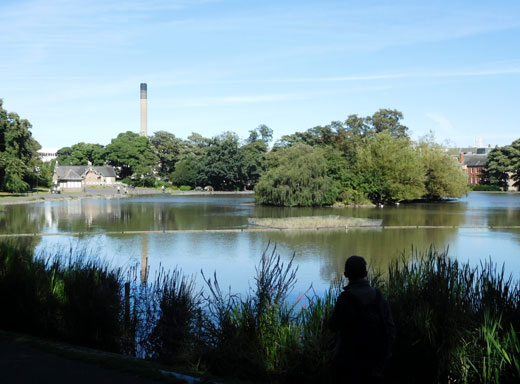
With two universities, Newcastle University and Northumbrian University, the student population enlivens the city. Since we were there before the students returned from summer holidays, we missed out on this but appreciated the architecture, both historic and contemporary, of the campuses.
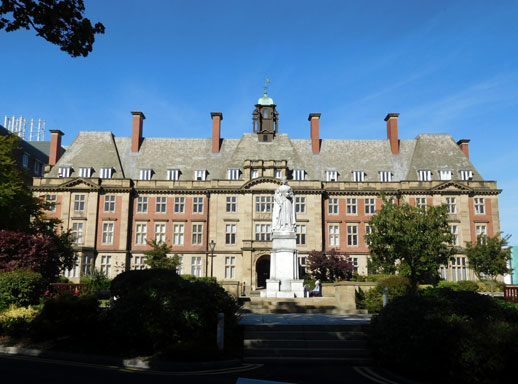
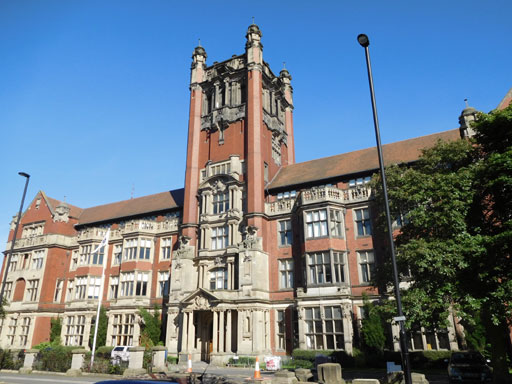
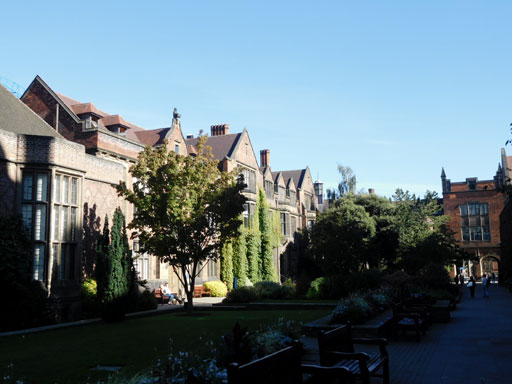
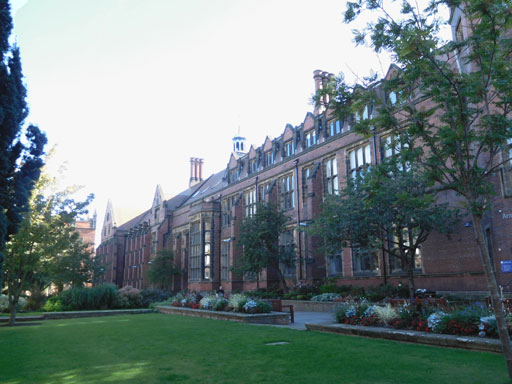
Beyond the City of Newcastle, there was much more to discover!
A boat ride on the River Tyne offered views of the pleasant riverside houses, and the fortress at the river's mouth. We also discovered that in modern times, the economic vitality of the city has been enhanced by off shore oil servicing, as well as automobile manufacturing and exporting.
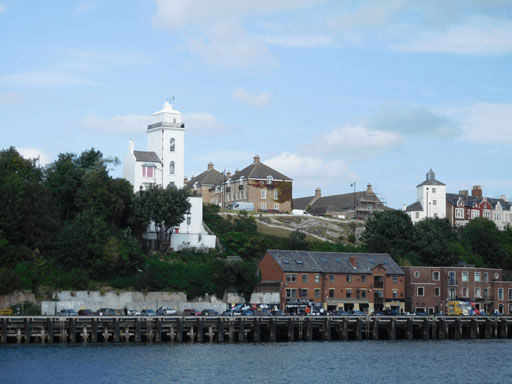
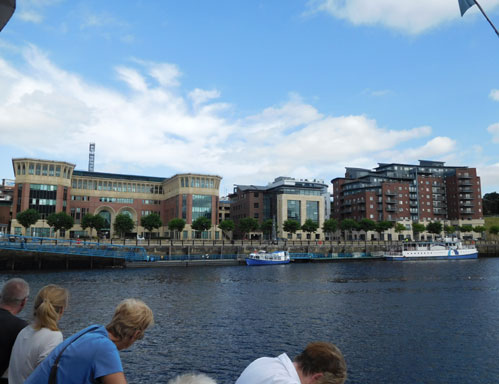
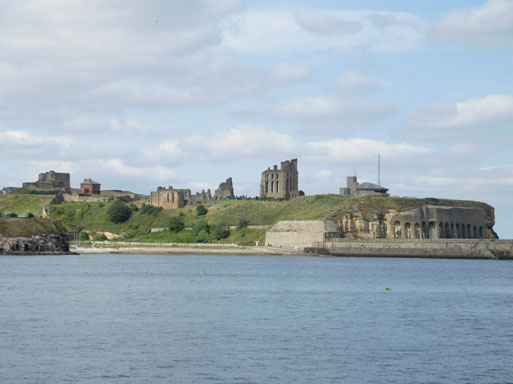
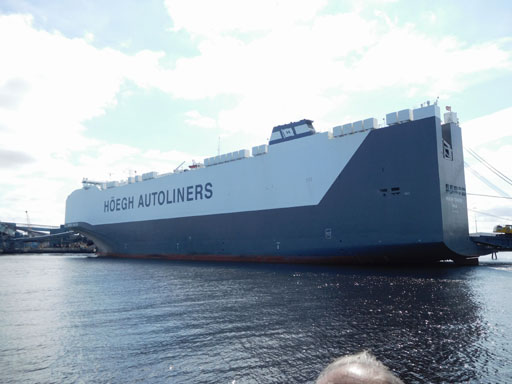
A Metro trip enabled us to explore the charming small towns east of the city and along the coast. First was North Shields overlooking the mouth of the Tyne.
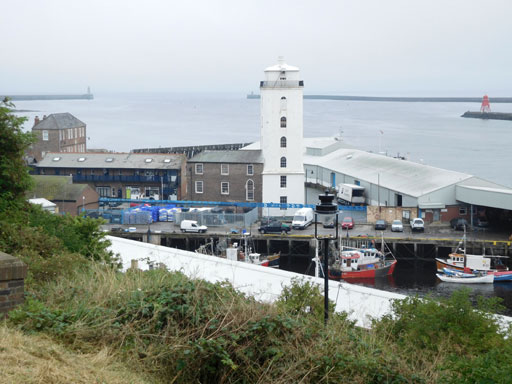
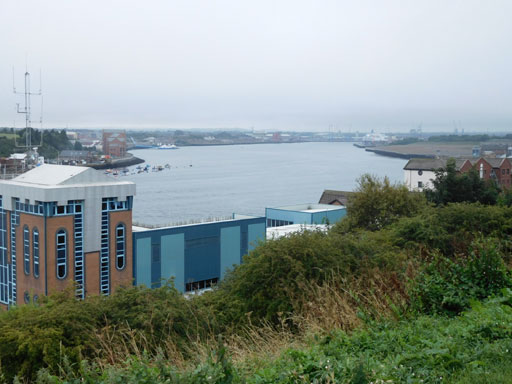
Tynemouth, a long established seaside resort with its historic Castle and Priory on a point overlooking the sea.
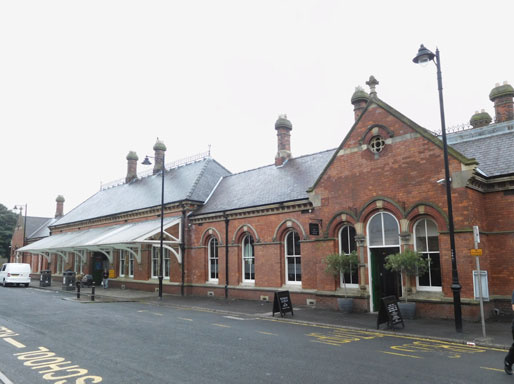
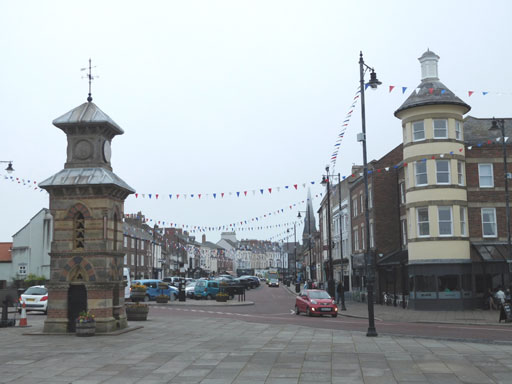
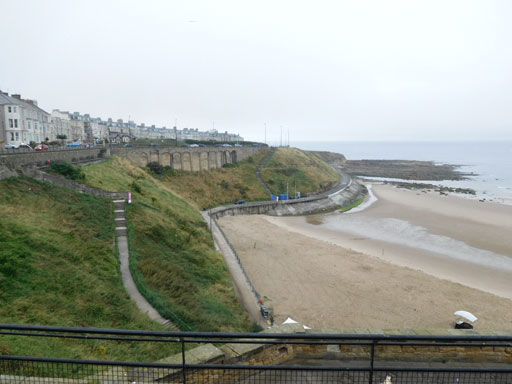
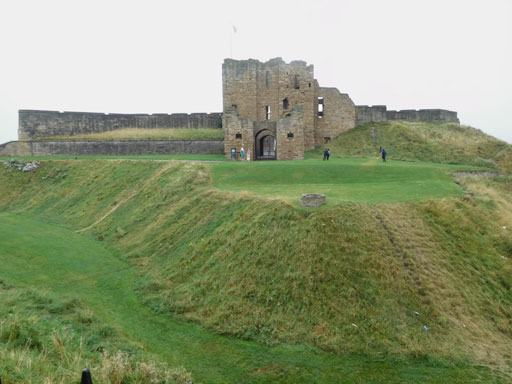
Whitley Bay, another seaside resort that developed when the Metro was extended here many years ago
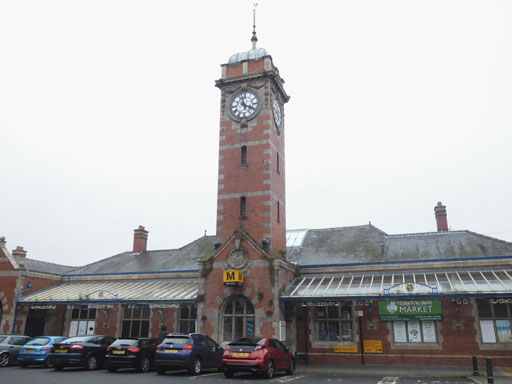
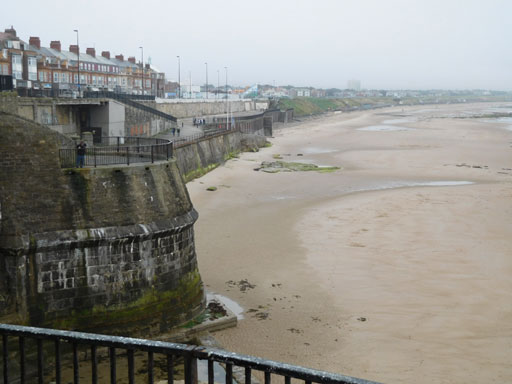
The City of Durham, just a short train ride from Newcastle, was a total surprise for us. We were drawn here by Durham Cathedral, a place of significant architectural merit and deep religious significance, which dominates views of the city.
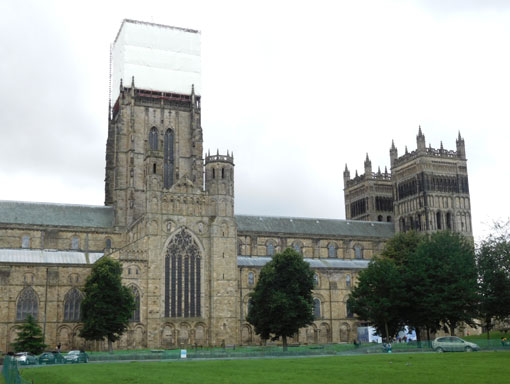
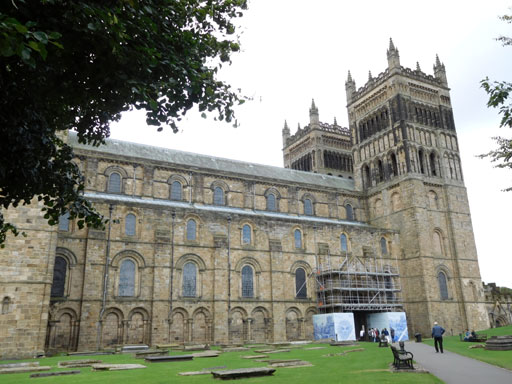
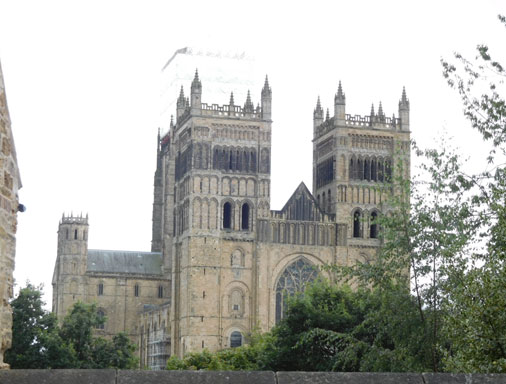
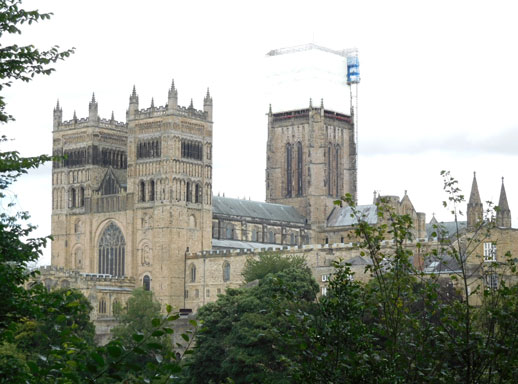
After our visit to the cathedral, we found the town square to be a vibrant central gathering place surrounded by 'very British' grey stone historic buildings.
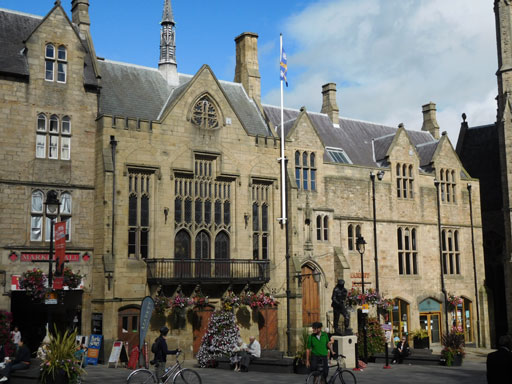
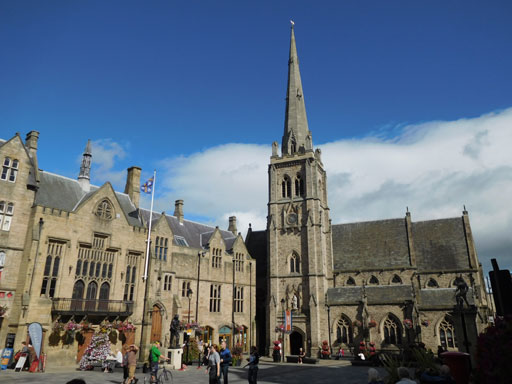
It is also the home of the University of Durham, one of the highly regarded UK universities along with Cambridge and Oxford. Historic university buildings are ever present, especially near the cathedral.
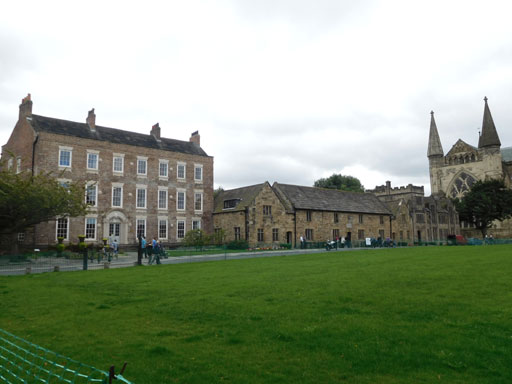
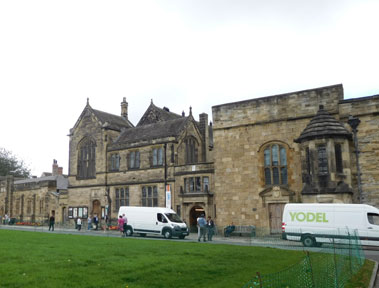
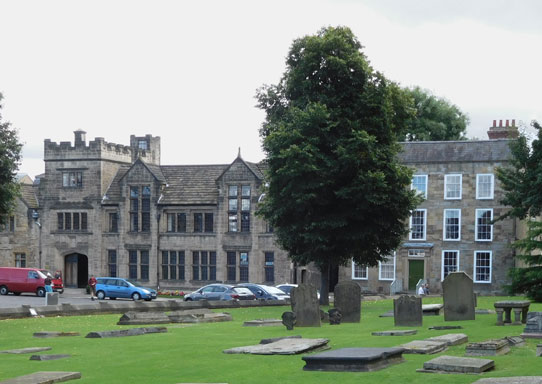
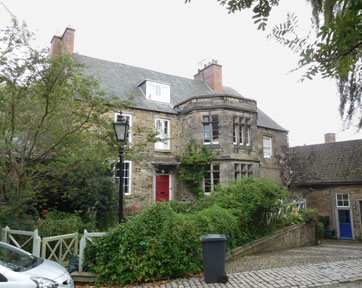
Perhaps it has become clear to our readers that we were completely charmed by Newcastle and the surrounding area! We rank it high in People Friendliness and without doubt, we could easily spend more time here.
But Edinburgh called, so we boarded a train and headed north to Scotland.-
Click here to return to our 'Summer 2016 - Back to Europe' page
Click here to return to our 'Searching the World for People Friendly Cities' page
![]()